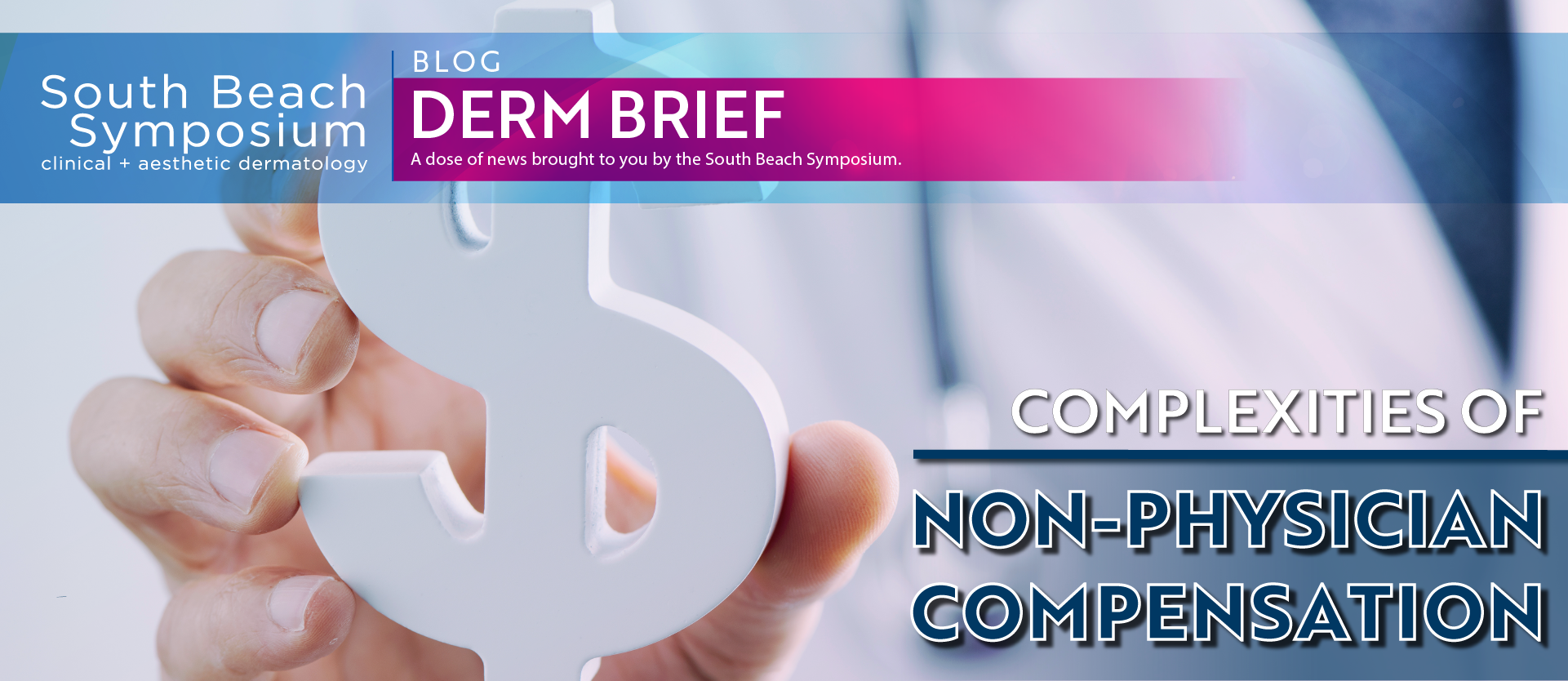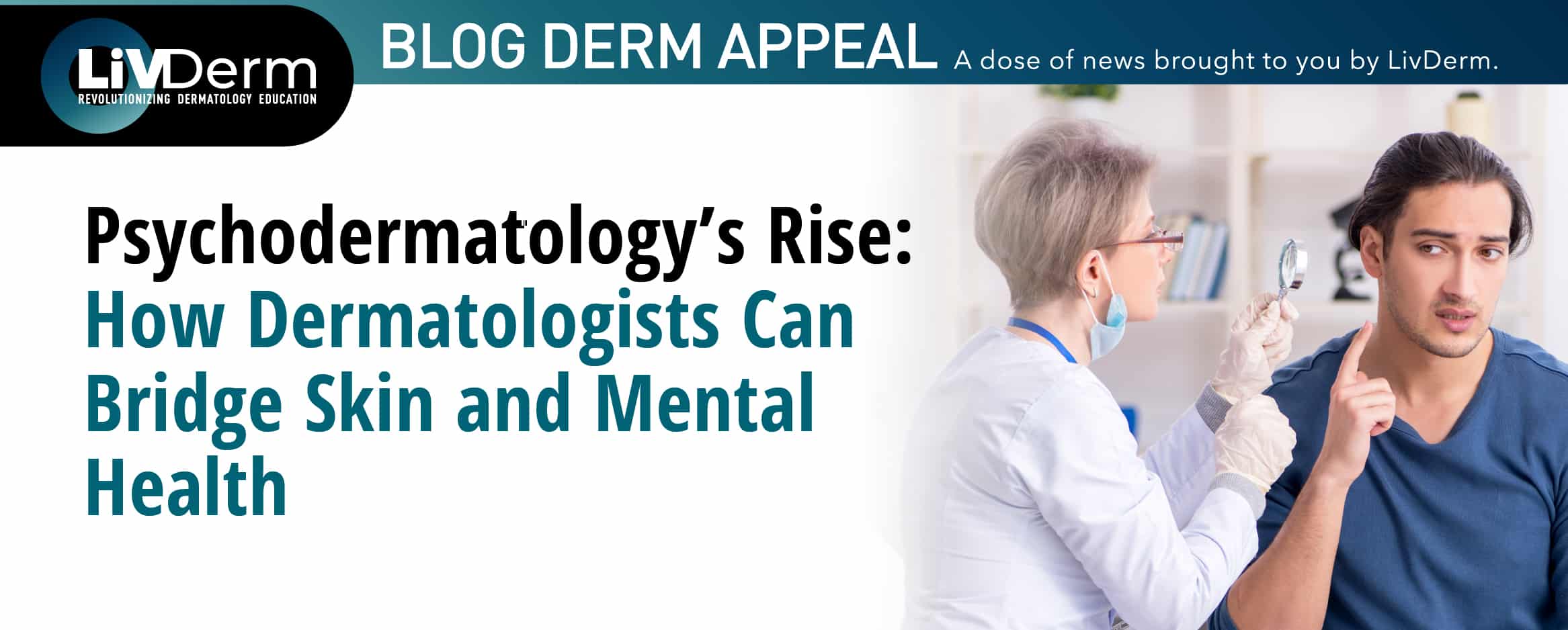Physicians looking to increase productivity and fill gaps in patient care often employ non-physician healthcare providers to help extend their reach. The significant workforce of physician assistants (PAs), nurse practitioners (NPs), and registered nurses (RNs) is increasingly being utilized to reduce physician burnout – a growing cause of concern within the medical community. Physicians are able to better manage workflow by delegating less complex cases to these types of advanced practice providers (APPs), ultimately improving patient satisfaction scores, practice quality metrics, and total revenue.
New research reveals that the median compensation for healthcare providers is on the rise, with primary care physicians earning 3.4% times more. Specialty physicians saw a 4.4% increase in compensation from 2017 to 2018, while total compensation among all providers increased at a rate between 7 and 11%. Although the body of research concerning physician compensation continues to grow, advanced practice providers, or non-physician healthcare professionals, have been largely overlooked until now.
In the first-ever survey of non-physician aesthetic provider compensation, the aesthetic recruiting company TITAN revealed the complexities of non-physician compensation – most notably, that no two providers are paid in the same way. On average, full-time non-physician aesthetic providers earn $158,670, however, their compensation schemes varied widely. Each survey respondent’s pay structure was unique, with variables including salary, hourly pay, commissions, bonuses, and benefits.
The survey was distributed via social media and email, targeting nurse practitioners, registered nurses, and physician assistants in the United States whose practice consisted of at least 50% aesthetic procedures. Despite a surprisingly low completion rate of 47%, the survey gathered valuable data from APPs directly to elucidate the differences in payment structure. Registered nurses comprised 51% of the cohort and reported average earnings of $129,000 annually; physician assistants (30%) averaged $189,000 yearly and nurse practitioners (19%) earned $196,000 per year.
Experience and years of service had a strong impact on reported earnings. Providers who had spent one to two years with their employer made $138,000 yearly versus the $195,939 reported by those who had been at their practice between three to five years. The number of years of injecting experience factored into compensation with new injectors (1-2 years of experience) making an average of $96,000 per year.
In addition, full-time employees were more likely to receive additional benefits, including life insurance, medical benefits, profit-sharing plans, and 401(k)s. On the other hand, part-time employees were most commonly extended continuing medical education or personal development training.
Practice Specialty
Results based on practice specialty revealed that non-physician providers working for plastic or facial plastic surgeons earned the most – $170,000 per year – as they often employ more tenured injectors. As the injectable market began growing rapidly, plastic surgeons began to delegate these procedures to non-physician providers, where allowed by the law. In comparison, full-time injectors working for dermatologists or other specialists made around $142,000 per year.
Additionally, injectors reported expecting wage increases if they were planning on working at the same practice the following year – 52% anticipated a compensation raise of about $33,000.
Practice Loyalty
Survey participants who reported considering switching employers listed the following as their top concerns: work-life balance, commission or bonus structure, and support for CME. Respondents who had left a practice due to inadequate compensation were looking for substantial increases in compensation between 16% and 20%. Commission or bonus potential was by far the most important component of payment structure, with 67% of participants placing the most value on commission/bonus structures over a higher salary or hourly rate. Providers who prioritized base salary were mostly early career injectors, with some of the lowest reported earnings.
With the lack of previous data in mind, the TITAN Aesthetic Recruiting survey was developed to provide a basic framework for future conversations about fair compensation of APPs. Although the survey results provide much-needed insight into the complexities of non-physician payment structure, its findings are based on an 88-person cohort and should not be taken out of context.
Further investigation is needed to determine appropriate compensation schemes – with respect to both employers and their non-physician staff. In order to grow this body of research, TITAN plans to repeat the survey annually.
















